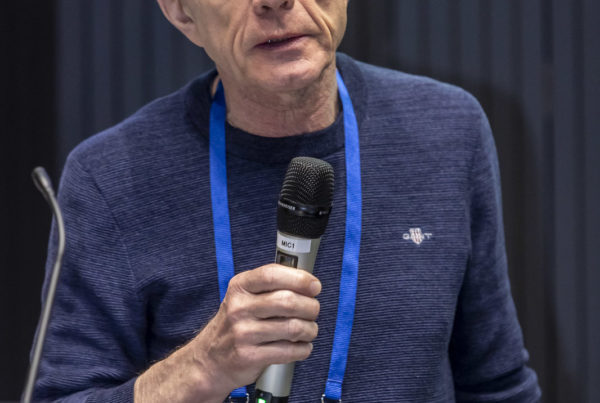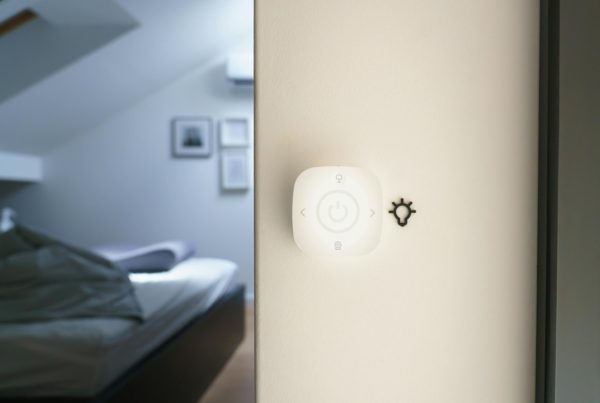The smartphone camera has evolved into an indispensable tool, transforming the way we document and share our world. From casual snapshots to professional-quality mobile photography, these tiny marvels of engineering have reshaped our visual storytelling. Yet, what lies ahead for smartphone cameras? ActLight, a pioneering force in sensor technology, delves into two pivotal trends shaping the future: high-sensitivity sensors and miniaturization.
1. High-Sensitivity Sensors: Capturing Light, Unleashing Potential
While modern smartphone cameras excel in many aspects, low-light performance remains a common challenge. Grainy images and unwanted noise often mar evening or indoor shots. Enter high-sensitivity sensors, the next frontier in smartphone camera technology. These advanced sensors boast superior light-capturing capabilities, even in dim conditions, promising:
- Sharper, clearer low-light photos: Picture capturing breathtaking nighttime cityscapes or beautifully lit indoor portraits with impeccable clarity. High-sensitivity sensors will make this a reality, ensuring you can freeze those special moments anytime, anywhere.
- Enhanced video capabilities: Say goodbye to shaky, grainy videos in low-light environments. With high-sensitivity sensors, imagine capturing smooth, high-definition videos during concerts, birthday parties, or everyday moments with loved ones, regardless of lighting conditions.
- Reduced dependence on flash: The harsh glare of a smartphone flash can often detract from the natural beauty of a scene. With high-sensitivity sensors, flash becomes less essential, resulting in more natural-looking and aesthetically pleasing photographs.
Current Limitations: A Peek Inside Your Phone
While current smartphone cameras are impressive, their low-light performance is often hampered by the limitations of existing sensor technology. Both Apple and Samsung, for instance, rely on CMOS (Complementary Metal-Oxide-Semiconductor) sensors in their flagship phones. While effective in capturing light, these sensors have reached a sensitivity plateau due to physical constraints, such as:
- Pixel Size: Larger pixels capture more light, resulting in clearer low-light images. However, increasing pixel size typically reduces overall sensor resolution, posing a perpetual challenge for smartphone manufacturers seeking the perfect balance.
- Microlenses: Positioned above the pixels, microlenses focus light onto each pixel. While advancements in microlens design can improve light-gathering efficiency, there are inherent limitations to how much enhancement they can provide.
Photodiodes are semiconductor devices that respond to light by generating an electric current. Over the decades, their technology and design have improved but the fundamental concept remained the same. The device operates in a static way. A constant voltage is applied, and the resulting photocurrent is measured to infer light intensity. This is not the case for Dynamic PhotoDetectors, which use a different approach. – CEO Serguei Okhonin
2. Miniaturization Trends: Bigger Capabilities in Smaller Packages
As smartphone manufacturers strive to create sleeker, thinner devices, miniaturization trends extend to camera components. Here’s how advancements in sensor technology are driving this shift:
- Thinner phone profiles without compromising camera quality: Innovative design principles and advanced materials enable sensor manufacturers like ActLight to produce high-performance sensors in smaller packages. This empowers smartphone designers to maintain slim profiles without sacrificing camera capabilities.
- Multiple rear camera systems: Miniaturization opens doors to more sophisticated camera systems within smartphones. Envision a future with triple or quad-lens rear camera setups, each equipped with specialized sensors for wide-angle shots, telephoto zoom, and superior depth perception.
The Road Ahead: A Brighter Future for Smartphone Photography
The future of smartphone cameras shines brightly, fueled by advancements in high-sensitivity sensors and miniaturization trends. These innovations promise to usher in a new era of mobile photography, empowering users to capture professional-quality images and videos in any lighting condition. At ActLight, we remain steadfast in our commitment to pushing the boundaries of sensor technology, continuously innovating to empower the next generation of smartphone cameras. Join us on this journey towards a brighter, more visually captivating future.






